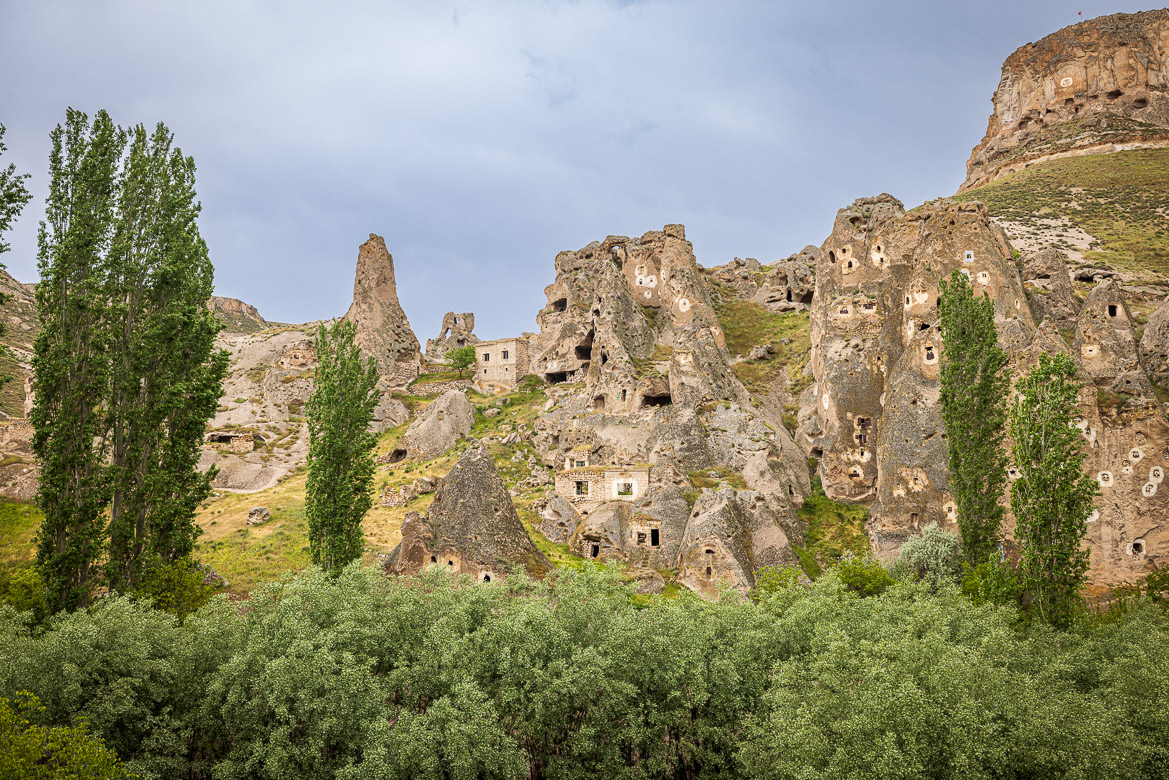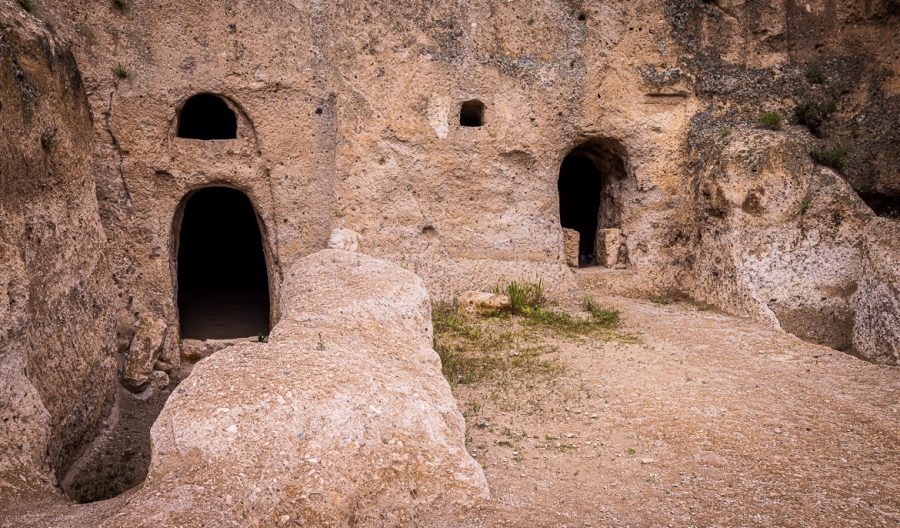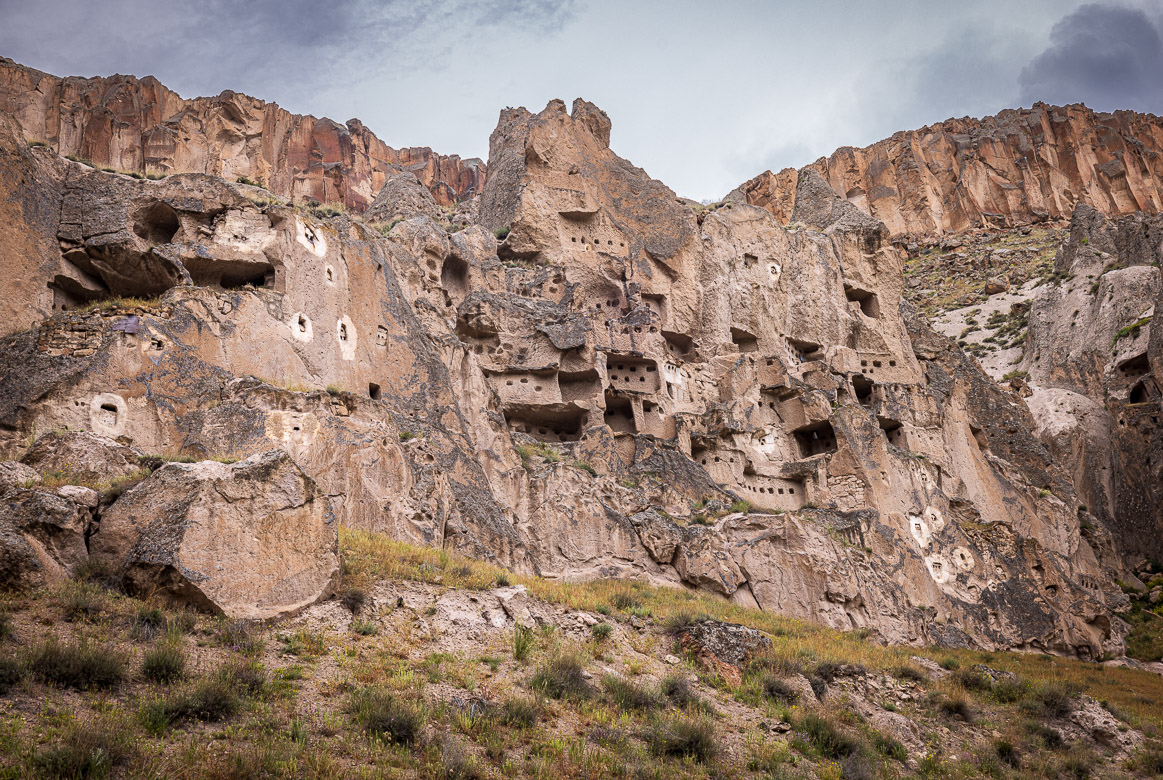Soglani Valley
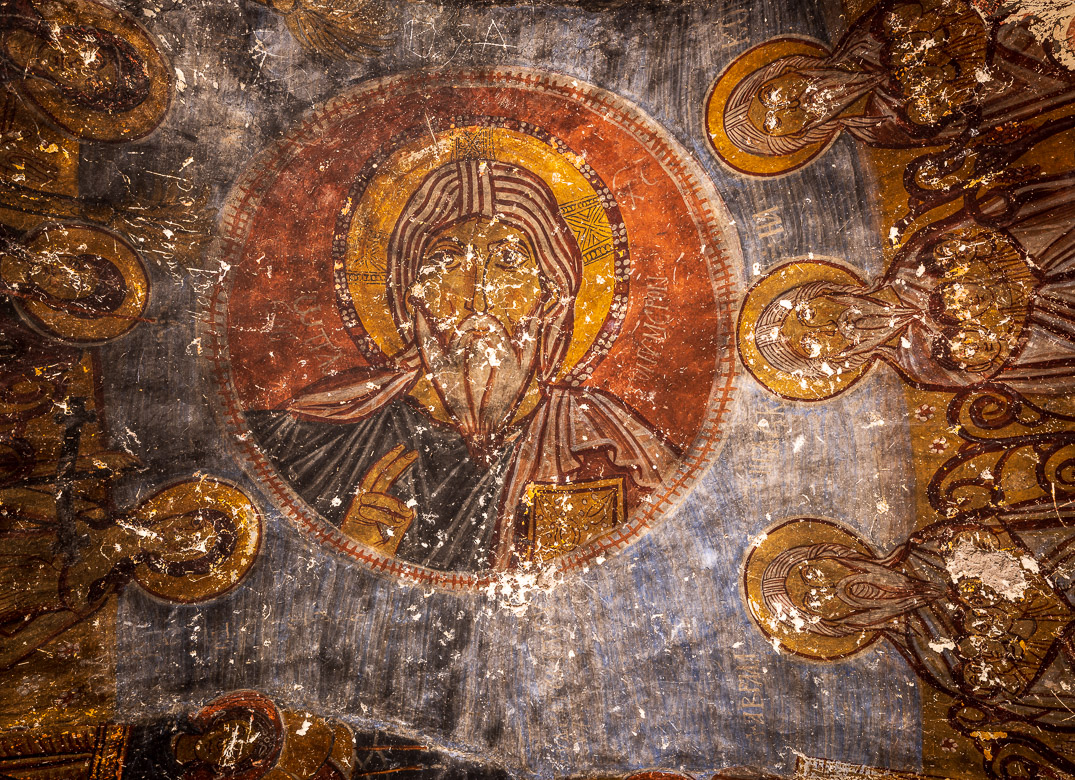
The volcanic eruptions covered Cappadocia’s plains with a layer of soft rock, tuff, that easily was eroded by rain and wind but also by human hands. Since long before Christ humans built dwellings for themselves and stables for their animals by carving out caves in the rock. And they worshiped to their Gods in those caves as well.
The first Christians came to Anatolia including Cappadocia in the first century after Christ and built cave churches and cave cities to hide from the Romans. With Constantin this changed and Christianity was legalised in the Roman Empire in 313 AD. But the Arabs caused a new problem and persecuted the Christians, so again it was important to hide the churches from Arab raiders.
Many of the cave churches were beautifully decorated, but during the Iconoclasm period (730 – 843 AD) icons were forbidden and the paintings before that period were desecrated. Therefore the paintings we now can admire are with some exceptions from after 843 and mainly up to the 13th century.
There are more than a thousand cave churches in Cappadocia and a number of monasteries and also nunneries. Some of them have been turned into “open air museums’, where the visitors can walk between the different caves. They have some very well preserved paintings, but no photography was allowed, but we planned with our guide to visit some less known but very interesting churches. In this post I show a few images from cave churches in Soglani Valley. The first images are from Ylanli Kilise.
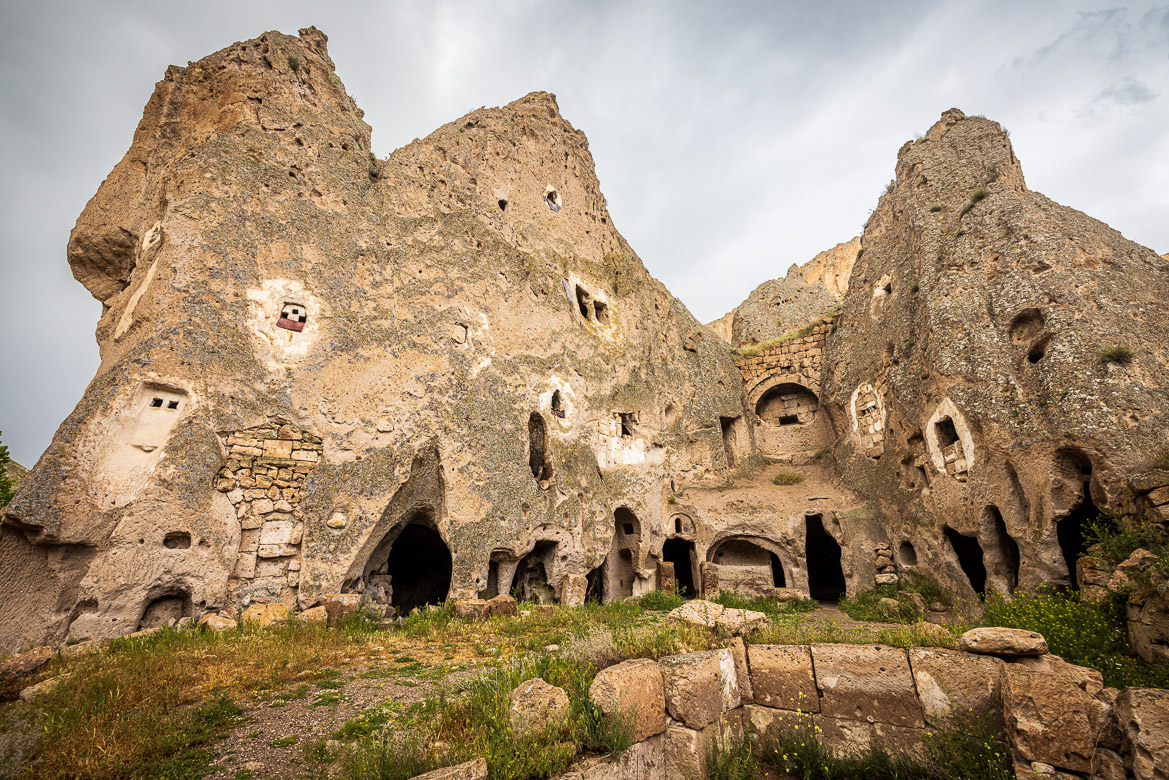
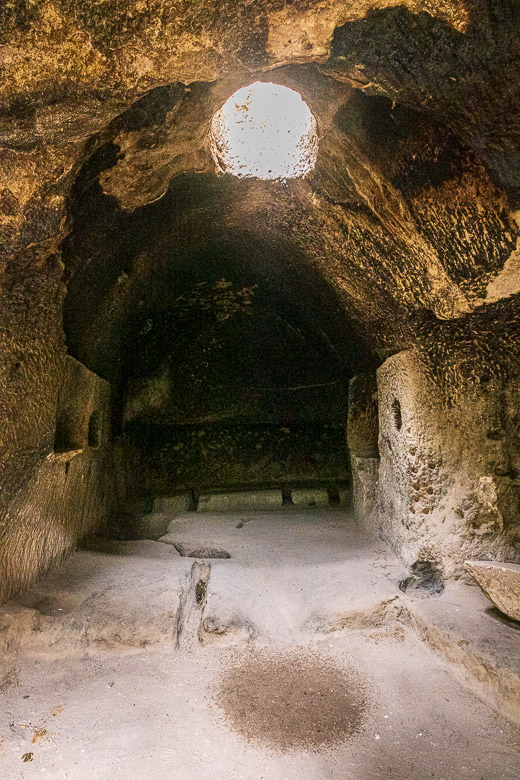
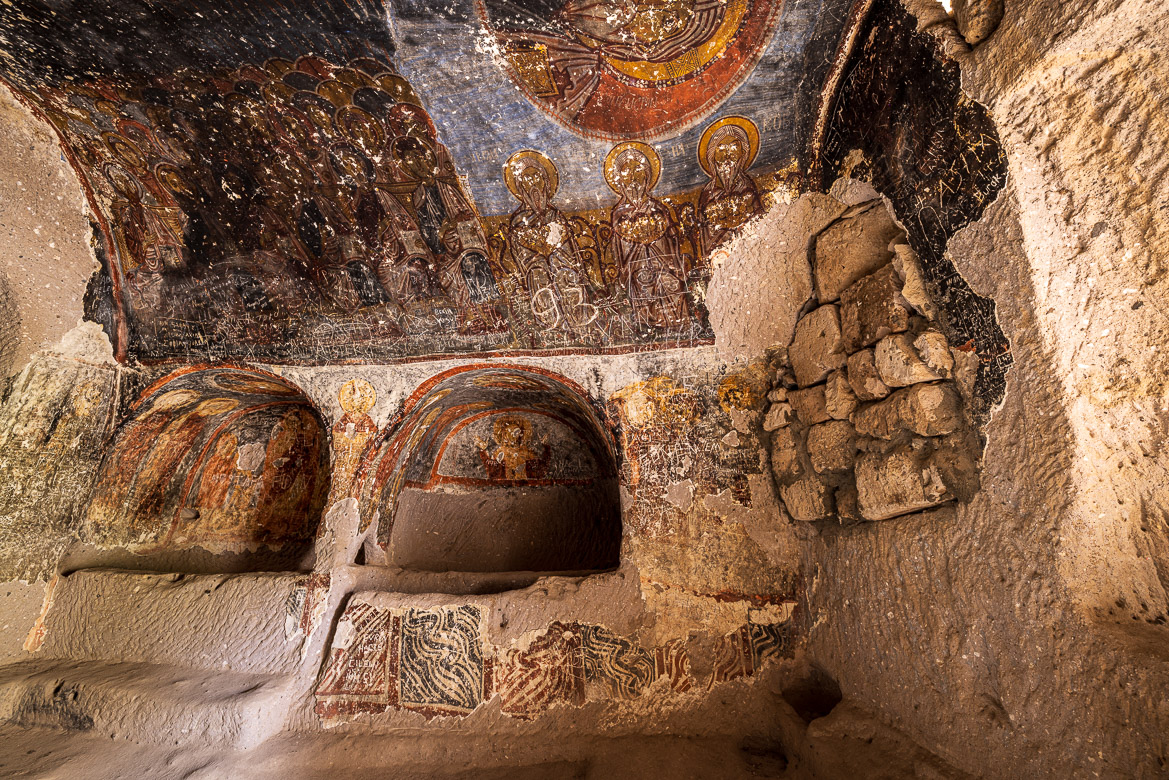
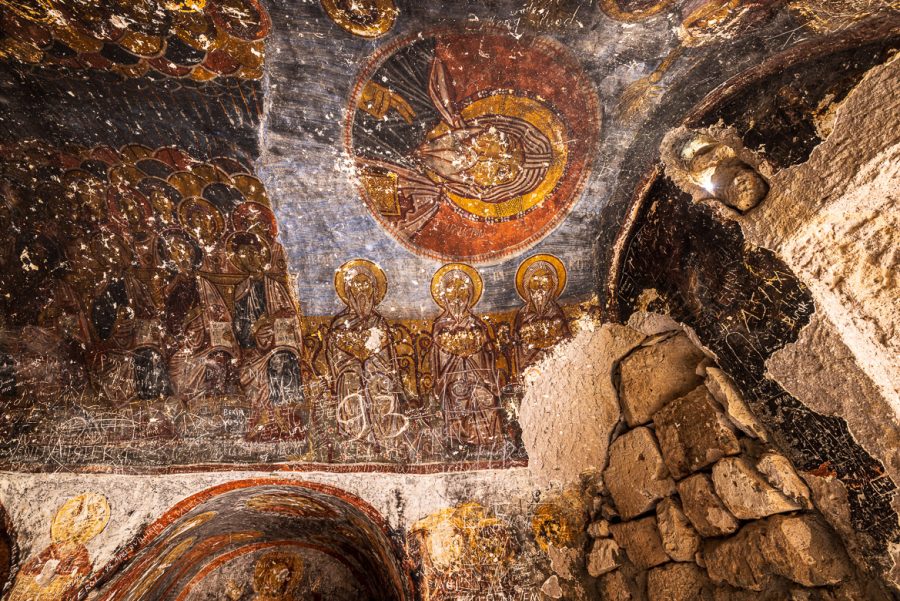
Christ Pantocrator means the “Almighty” or “All-powerful”. In the Greek version of the Old Testament Pantocrator is the translation of “Lord of Hosts” and “God Almighty”. Early Christians used symbolism to proclaim the power of the resurrected Christ. He is normally painted in the apse, as Byzantine churches follow the pattern of Roman basilicas, where the Ruler held court. The apse was the position of authority. By painting Jesus in that position they declared that Jesus Christ in the legitimate ruler or using a Greek word, he is the Pantocrator. When Jesus is depicted as the Pantocrator, he is holding a bible in his left hand and is holding out his right hand in a blessing or indicating that he has something important to say (see the very first image in this post to see his hands).
Christ Pantocrator is often shown (like in this image) with only half his body seen (due to the small size of the cave churches). He has a gloria around his head and is often painted in gold. His eyes are sometimes (again like in this picture) asymmetrical. The probably represent Jesus dual perspective, finite and infinite. The eyes focus on two different worlds, this one and the Heavens.
From Ylanli Kilise we moved on down the valley to a cave from which I captured Sakli Kilise on the other side of the valley. It is built in several levels in a high natural dome and is quite spectacular. And next to the cave, where I took the photo is another magnificent cave church, Karabas Church.
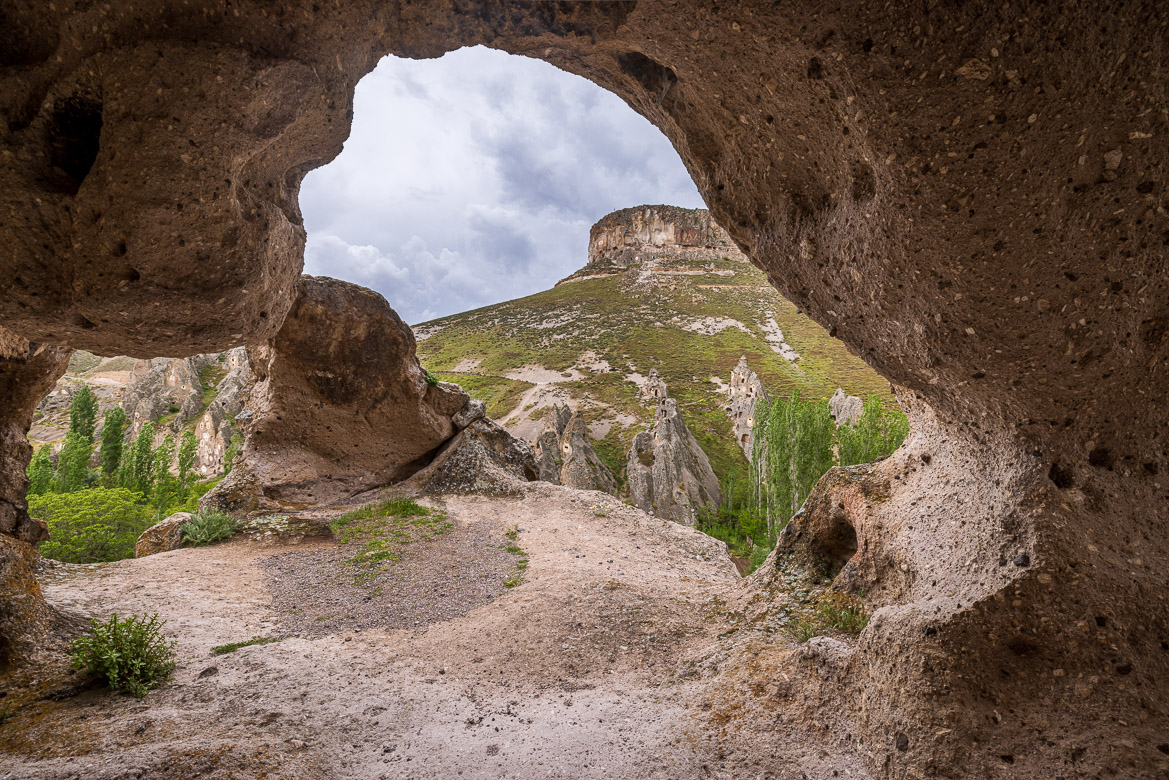
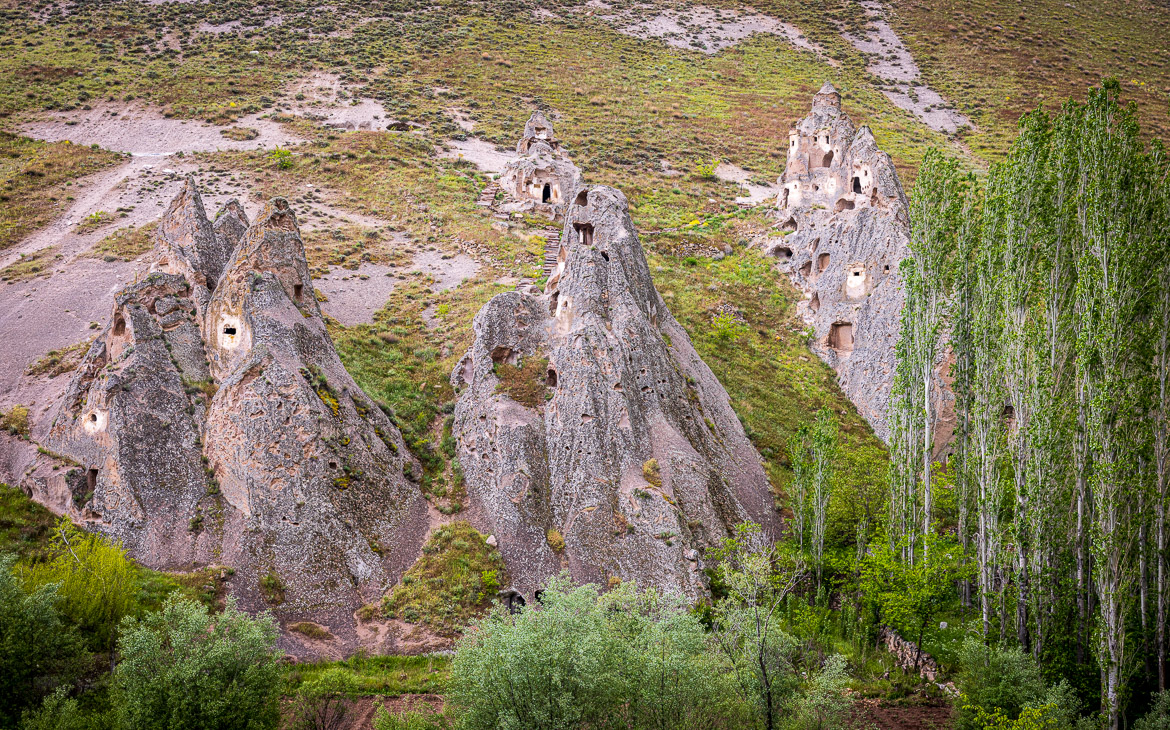
Near the cave in my previous photo is Karabas Church and the next images are from inside that church.
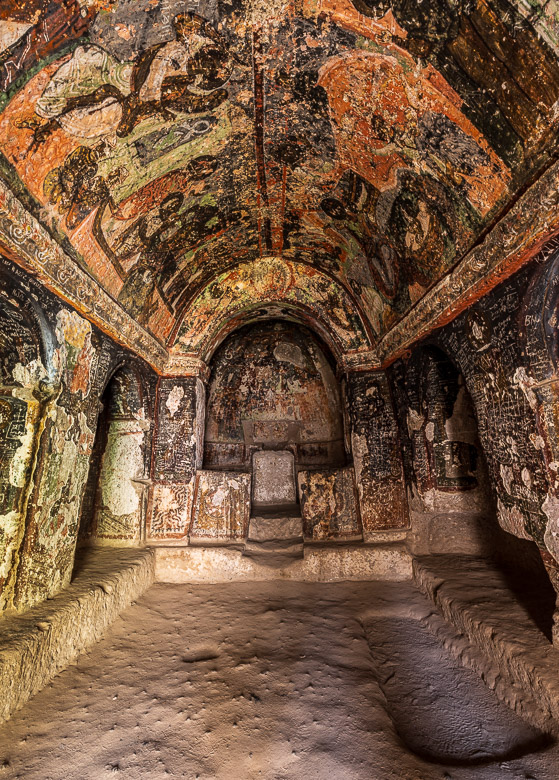
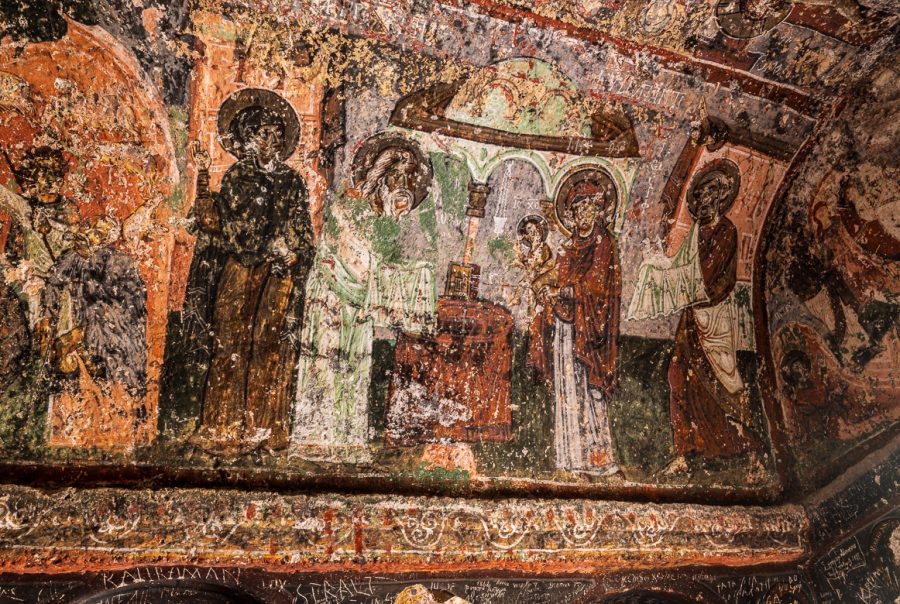
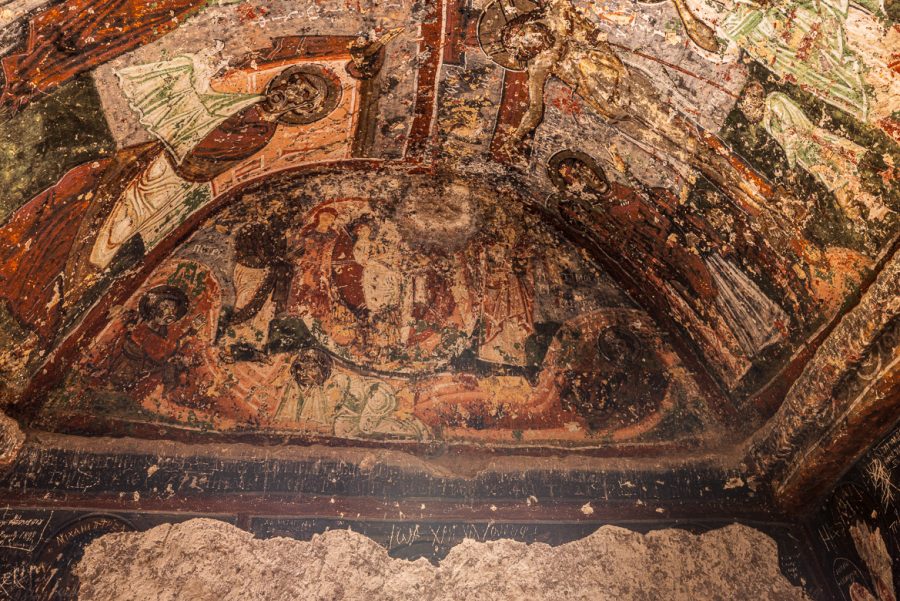
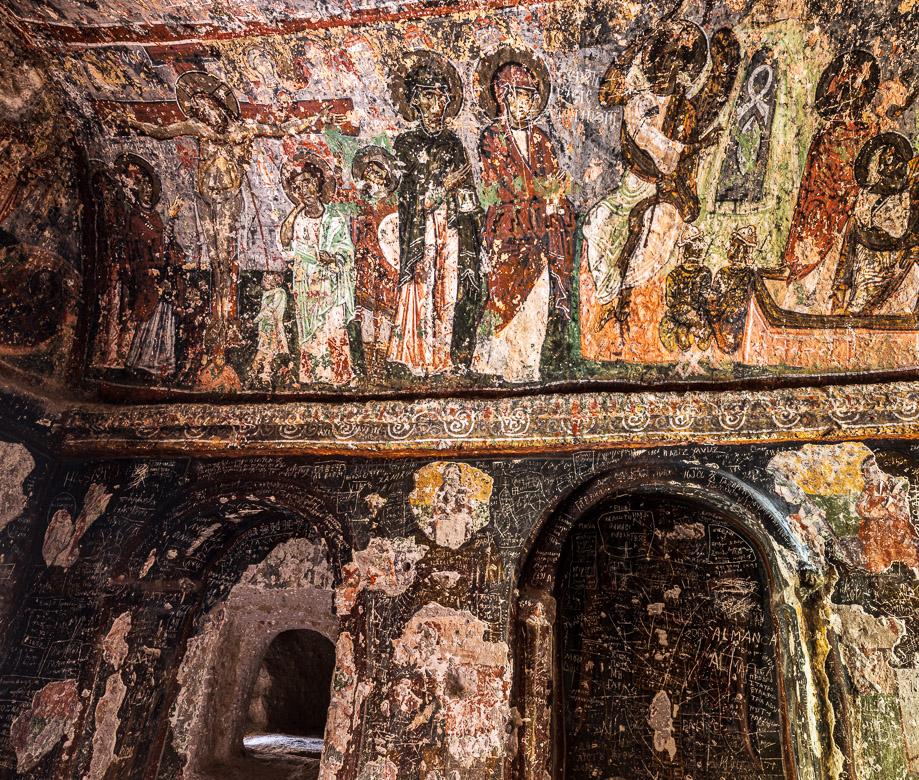
Up to the 1950s people in the valley lived in a combination of cave dwellings and more traditional houses, see the image below, but they moved away as several buildings caved in and rocks from above crushed other buildings. But the original village is still preserved.
